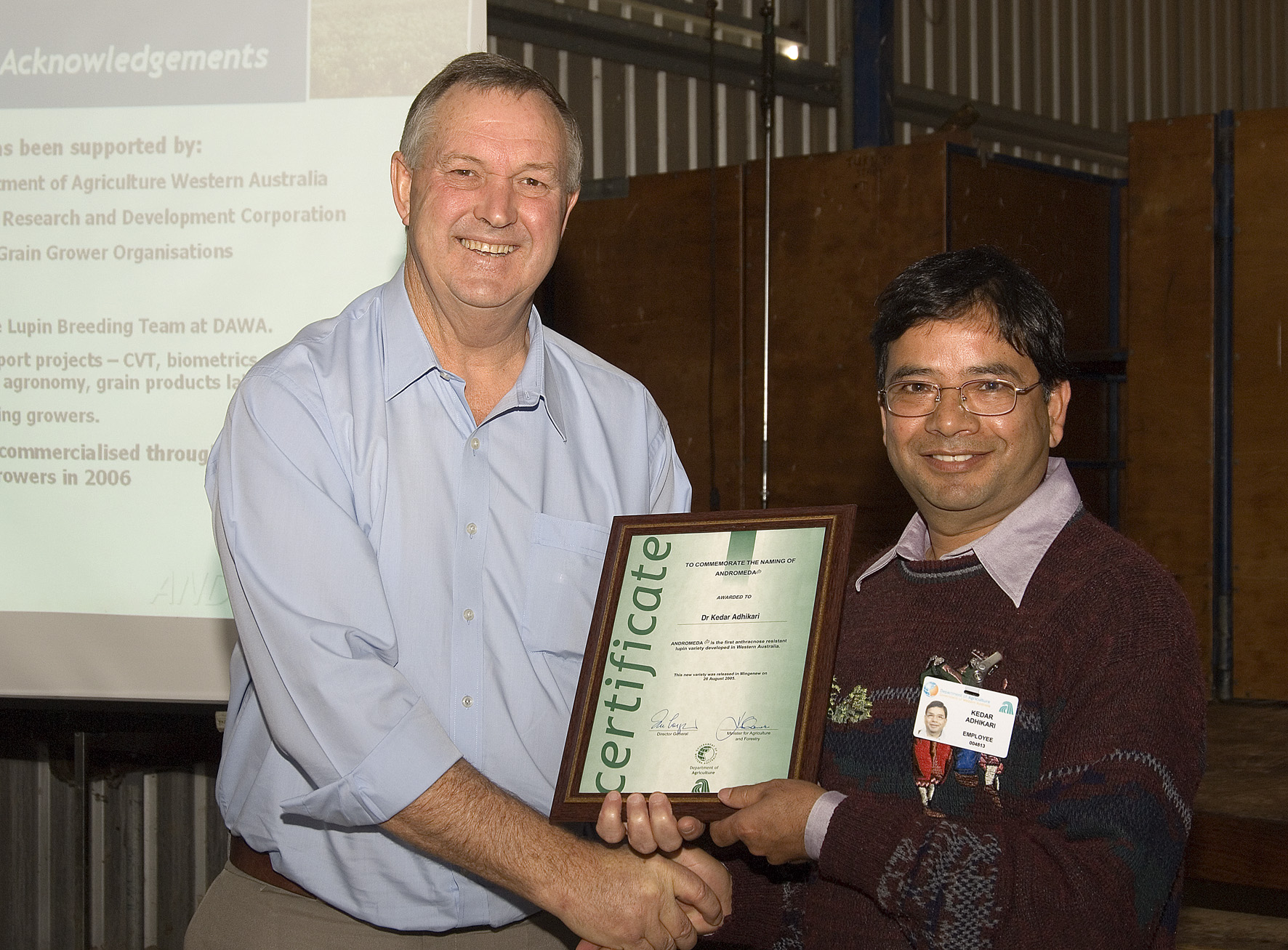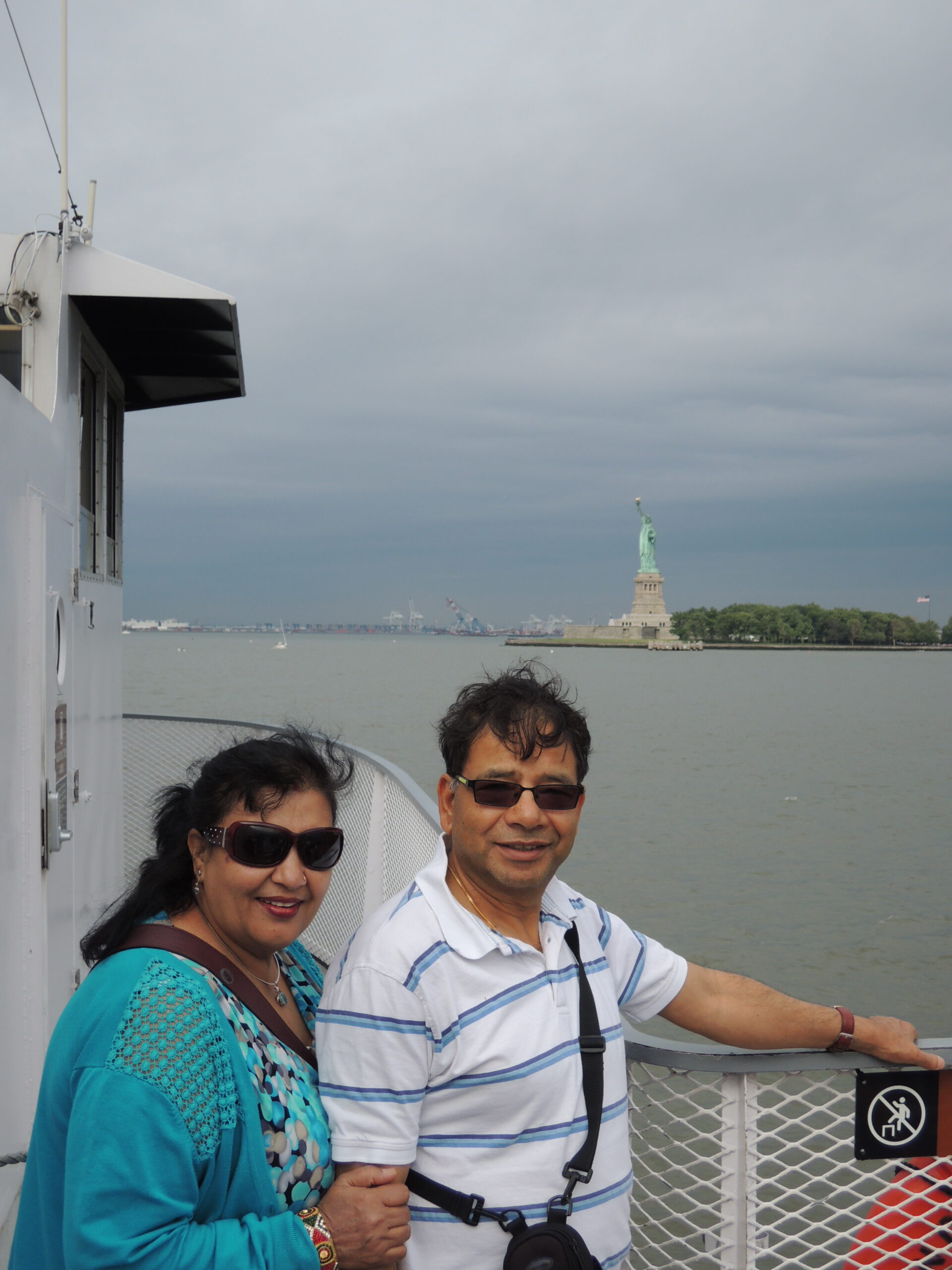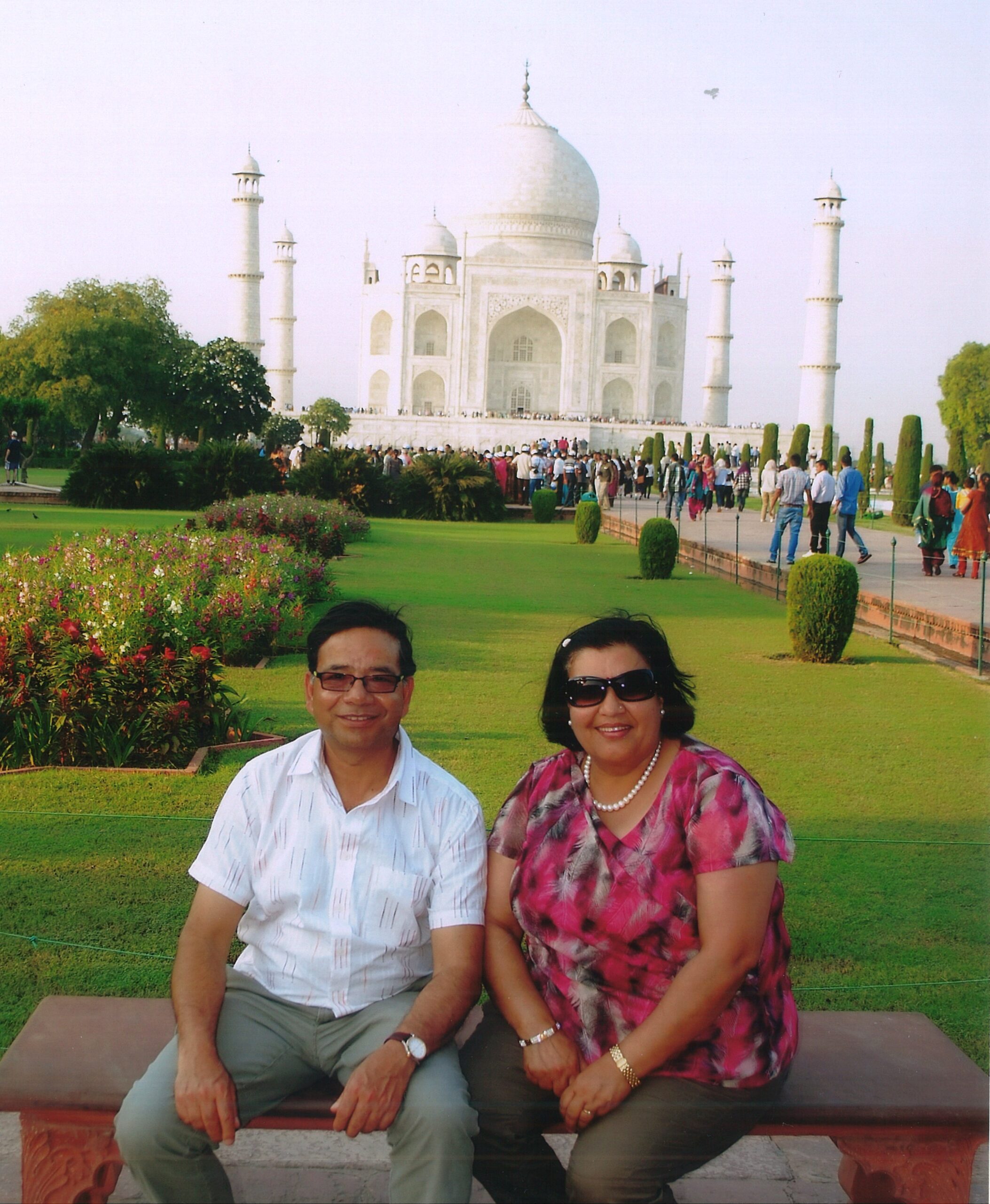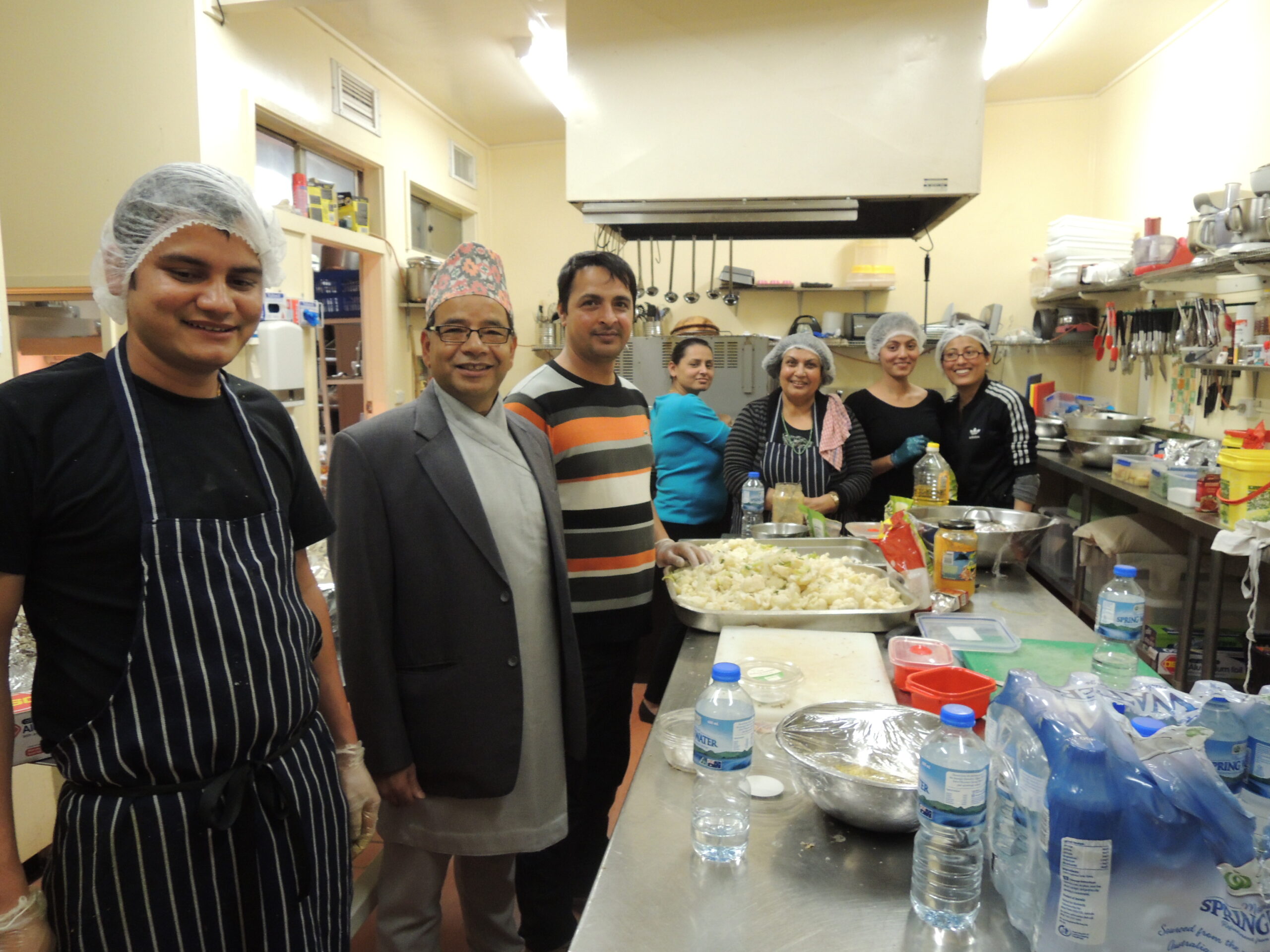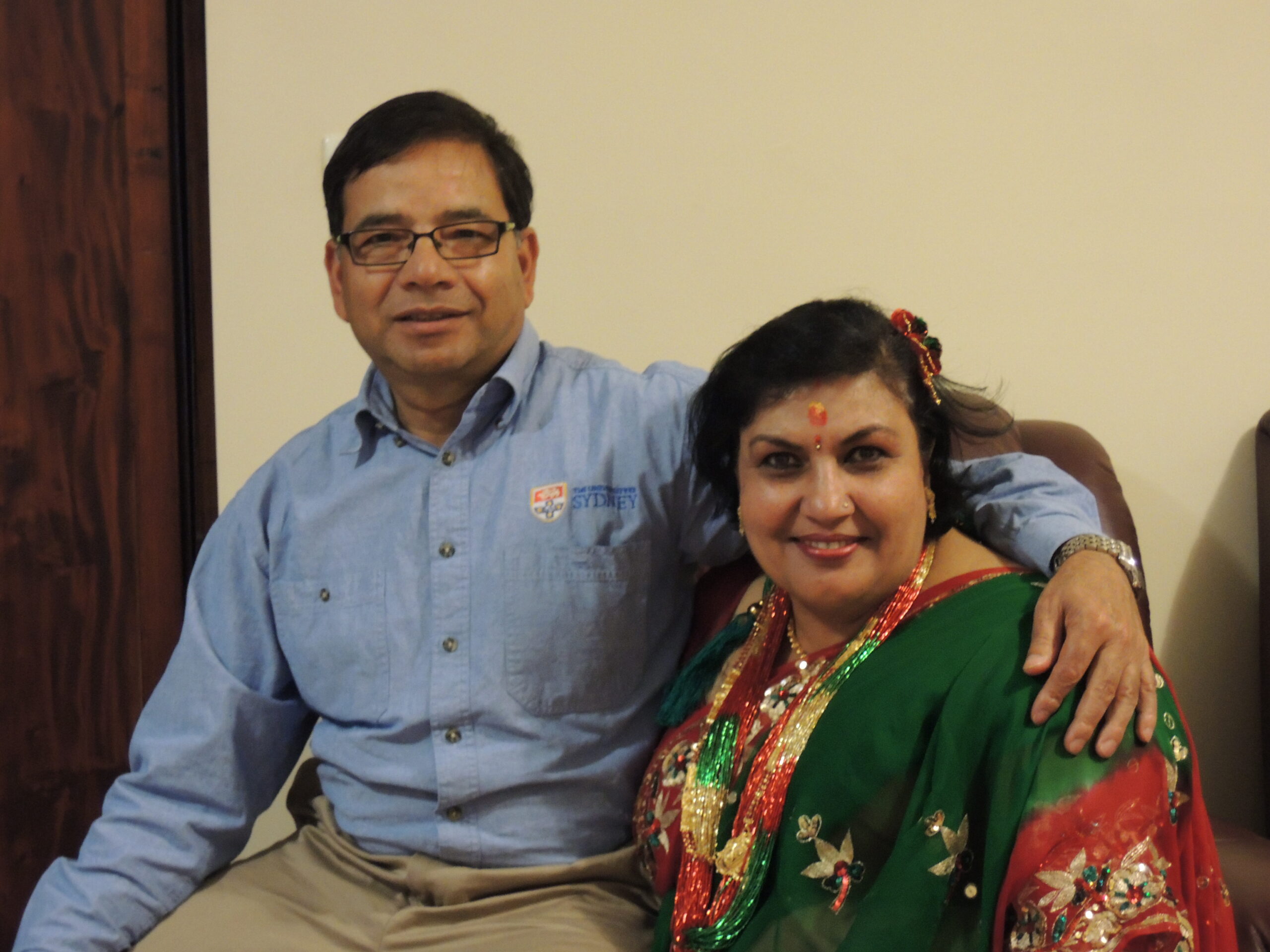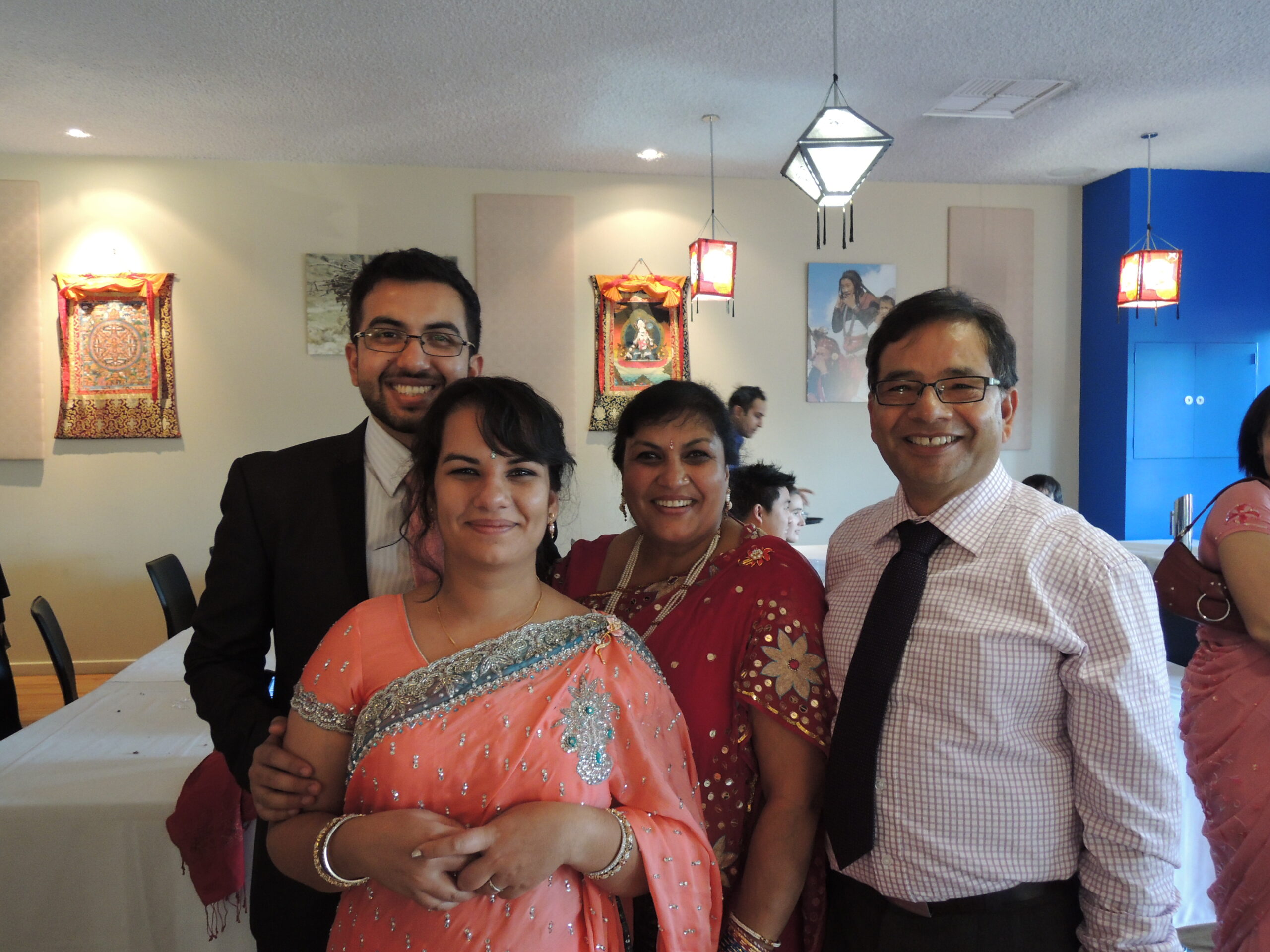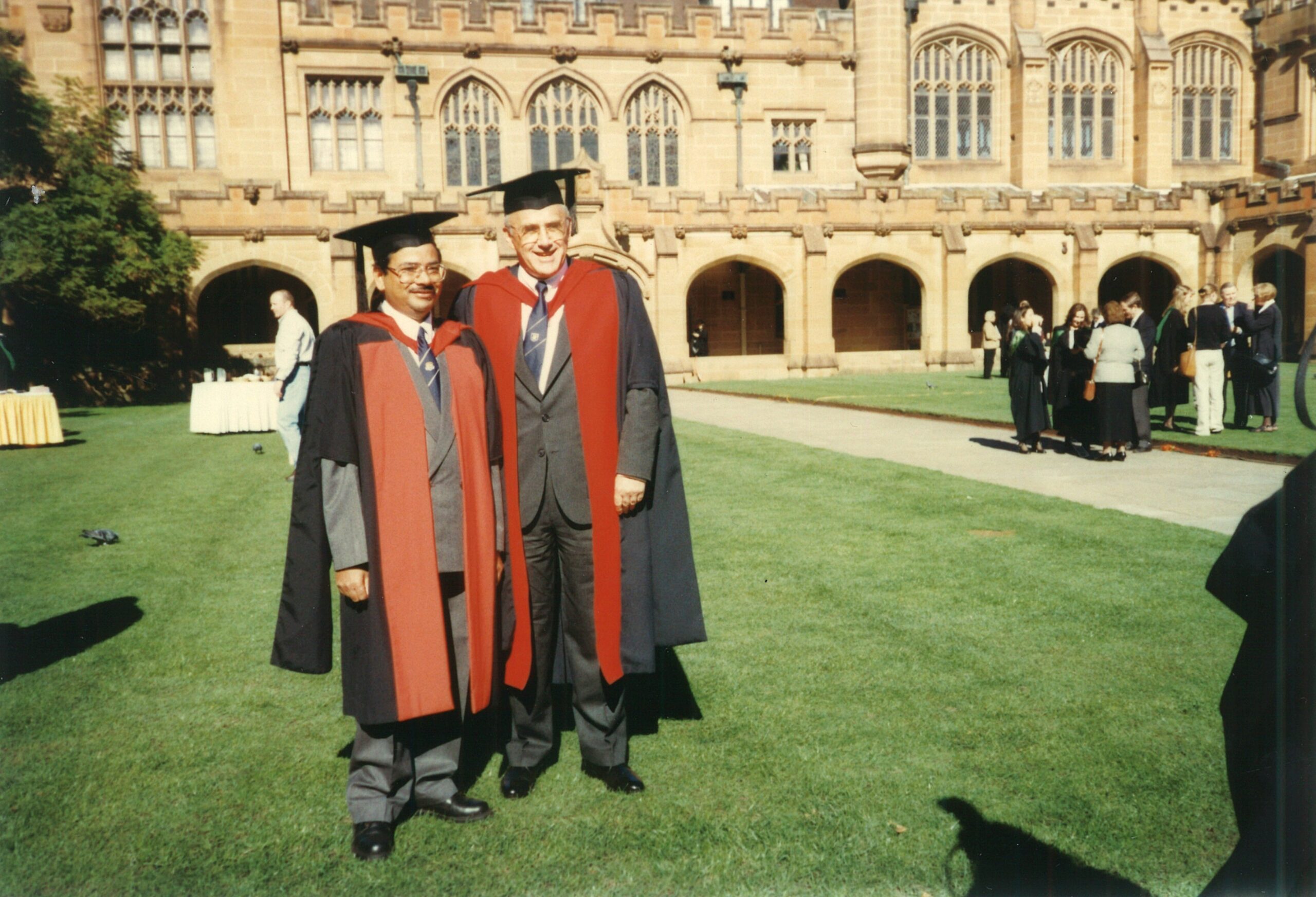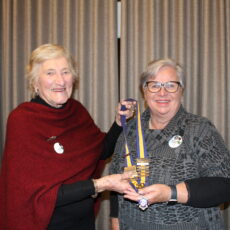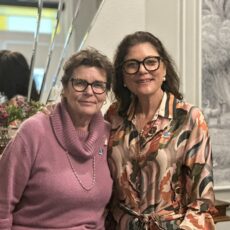There is something compelling about reading family histories, stories of parents and grandparents which may never be heard unless we ask.
Tales that need to be told and documented for generations to come.
Dr Kedar Adhikari began his career in plant breeding as an assistant wheat breeder in Nepal.
What follows is a story that traverses the world.
Specialising in legumes well received by farmers, nearly all areas of faba bean in northern NSW and southern Queensland has been produced under Kedar’s varieties.
All along, Kedar’s study and career path has aimed to increase the productivity of farms by developing high yielding cultivars that require less input.
This is his story…
I was born and raised in a remote but picturesque village named Astam in western Nepal, about three hours walk from the lake city Pokhara.
I was raised on a farm with six other siblings.
Apart from going to school, I used to help on the farm in my spare time with whatever I could as a child.
We used to grow many different kinds of crops on our family farm without the use of any chemical fertiliser and pesticides.
Chemical use in farms was an unknown at that time.
We had several heads of buffaloes, cows, goats and a pair of oxen as draft animals.
Farming was fully sustainable and organic in most part of the country at that time and our farm was not any different.
Almost everything needed to feed the family came from the farm.
The only things we purchased were clothing, sugar, salt, and kerosene for lighting.
My primary education was completed in Astam and I moved to the city (Pokhara) for high school.
After completion of the Year 12 equivalent in Nepal, I wanted to apply for a scholarship to tertiary education in India, for which there was a requirement for one year’s teaching experience in a school in Nepal.
I completed this teaching experience and was selected for a scholarship from the United States Agency for International Development.
It was a highly competitive scholarship and only 18 positions were available from the entire country.
I was thrilled upon achieving this opportunity which led to obtaining a bachelor’s degree in agriculture science with honours from the Chaudhary Charan Singh Haryana Agricultural University in India.
I went back to Nepal and worked for the government of Nepal as a wheat breeder for five years before travelling to Canada to study for a Master’s Degree in Agriculture at the University of Manitoba.
I was already married with two little ones at that time, and I had to leave them back in Nepal for a couple of months while I successfully completed a trimester at the university to qualify for bringing my family to join me.
This was one of the conditions of my scholarship.
My quest for a higher education did not stop there, and I started to look for a PhD opportunity in the USA and Canada.
I had an opportunity for the PhD in my current university, but I thought it would be beneficial to expand my studies in a different environment, away from North America.
This thought prompted me to apply at the University of Sydney.
At the same time, I found that I was eligible for a skilled migration, and if granted, I would not have to pay tuition fees for post-graduate studies in Australia.
I applied for a permanent residency visa and when granted the visa, the process was so quick that the visa arrived long before the completion of my Master’s Degree in Canada.
The visa condition was that I had to enter Australia within six months, and there was no possibility of an extension.
I would not have completed my current degree in this amount of time.
This put me in a dilemma of whether to accept the immigration with a big travel cost of coming and going, or to forget about it altogether.
I decided to take the former option and came to Australia with the whole family for two weeks to qualify for my visa status as a skilled migrant.
Then I went back to Canada, completed my Masters, received a scholarship from the University of Sydney for a PhD and travelled back to Sydney.
Upon completion of my PhD, I was offered a job as a post-doctoral fellow at the University of Western Australia (UWA) and moved over to the western state.
After a few years at UWA, I moved to the WA agriculture department to work as a lupin breeder.
I was fully settled in Perth with both children studying in schools.
My wife completed further studies and received a Diploma in Childcare Services, and she began work for council in a childcare centre.
I was greatly enjoying my job as a lupin breeder.
This led to the release of three lupin varieties for Western Australia.
These varieties are still popular in WA today and an albus lupin variety, Amira, is still the dominant variety in the region with almost 100 per cent of albus lupin area grown under this variety.
Our children grew up in Perth and went to the University of Western Australia for higher studies and completed their basic degrees in two different medical fields.
When we moved to Western Australia, there were only a handful of Nepalese families and we often used to get together, especially in festive times, and mostly this would take place at our home.
After a few years this number grew substantially making these home gatherings almost impossible.
Then we thought of the idea to form an association for Nepalese living in Western Australia.
This idea led to the establishment of an incorporated body, the Nepalese Association of Western Australia.
Initially I served as president for a couple of years before handing over responsibilities to new and upcoming generations.
I am glad to say that this association is as equally active today, providing an interactive platform to a couple of thousand Nepalese in Perth.
Around this time, the Western Australia agriculture department was downsizing, getting rid of many research activities, especially breeding work.
At the same time, I saw an opportunity for a faba bean breeder with the University of Sydney in Narrabri.
With some hesitation at the thought of leaving Western Australia, I applied but was selected for the position.
This put me in a position of great pressure of whether to accept the offer and leave my friend circles of nearly 14 years in a city and start a new life in an unknown rural location.
It was not only my decision, but it also involved my wife and adult children.
My son at that time had already moved to Melbourne to work as a dentist in a hospital and my daughter was about to leave home for work as a medical doctor.
Both my children encouraged me to accept the position and move to Narrabri.
My wife was quite apprehensive about leaving Perth, especially the thought of leaving her friends and her secure job in local government.
In the end, we decided to move to this great Narrabri town.
It took us some time to get used to country life with no known friends.
We slowly adapted to the town, and I believe the town adapted to us as well.
I am greatly enjoying my job of plant breeding, now with a different crop.
I have slowly expanded the faba bean breeding program and have now released four varieties of faba bean since I took on this position.
One of the great things I did was join the Rotary Club.
This has provided me a platform to serve the community and interact with many friends.
In hindsight, the decision to move to Narrabri was the right one.
See more people and places stories:


